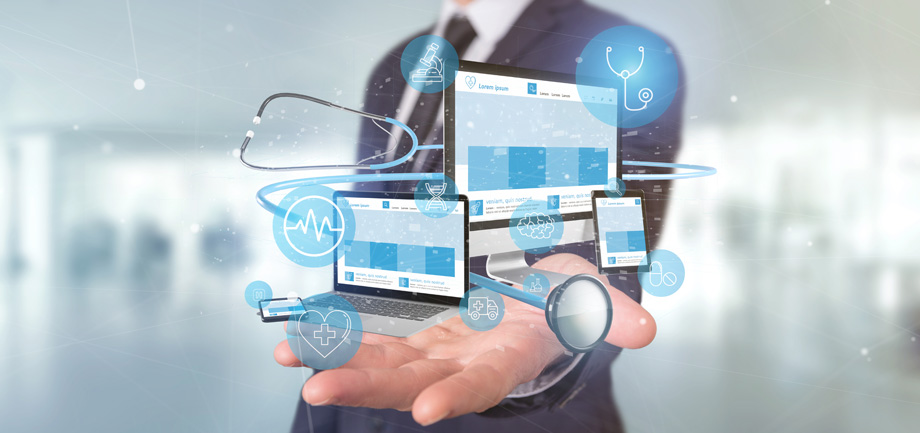MDR came into effect this week. The ground did not shake. The Earth did not open up and swallow us whole. So…is that it? Is it over?

No. It’s just the beginning.
MDR may have come into effect this week, but according to a recent Q&A posted by the European Commission, devices that were issued certifications under the old directives won’t need to be re-certified until 2024. This was done to “ensure that the new rules enter into application without creating disruption of vital medical devices supply.”
Although this means that there is still time for manufacturers to obtain compliance, there is much work to be done. Data shows that many companies are still unprepared even as MDR comes into effect, citing a lack of both resources and clarity on requirements among other challenges.
My medical device uses software—what do I need to know?
The MDR introduces a small extension of how a medical device is defined. For example, “medical devices” now include devices that have the specific purpose of assisting with the diagnosis of a disease.
While there are many additional medical software applications that now fall under the definition of a “medical device,” it is important to note that these changes are applied to standalone software only (Software as a Medical Device, SaMD), not software as part of an embedded system (Software in a Medical Device, SiMD).
One use case to consider is an alarm system that receives an input from an ECG monitor. The standalone software that triggers the alarm is considered SaMD, while the software inside the ECG monitor would be SiMD, an embedded device with embedded software.
Some examples of well-known medical software include:
- Clinic Information System (CIS)
- Electronic Prescription (EP) System
- Clinical Decision Support Systems (CDSS)
- Radiology Information Systems (RIS)
- Laboratory Information System (LIS)
Why does this new classification rule matter?
To date, most SaMD has been classified as a Class I (lower risk) product. The new software-specific classification rule, MDR Rule 11, pushes almost all SaMD into the higher risk classes, Class II and Class III.
Rule 11 (MDR):
“Software intended to provide information which is used to take decisions with diagnosis or therapeutic purposes is classified as class IIa, except if such decisions have an impact that may cause:
- death or an irreversible deterioration of a person’s state of health, in which case it is in class III; or
- a serious deterioration of a person’s state of health or a surgical intervention, in which case it is classified as class IIb.
Software intended to monitor physiological processes is classified as class IIa, except if it is intended for monitoring of vital physiological parameters, where the nature of variations of those parameters is such that it could result in immediate danger to the patient, in which case it is classified as class IIb.“
If your company is struggling with the development, testing or documentation of any of this, it’s not too late. Our team of experts is here to help you navigate and provide the right information in the right way to make sure your product submission is successful. We have been recognized as an industry-leading software testing company and would love to share our expertise.
Contact Us with any questions you have, or if you need help with your product submission.

